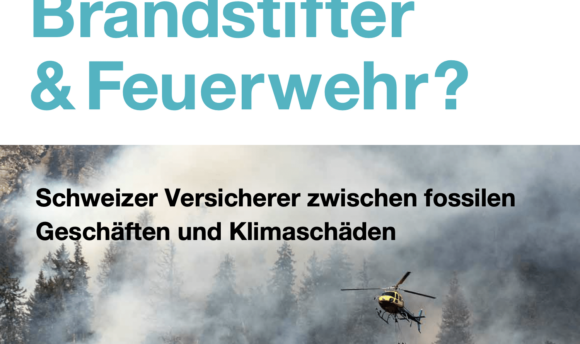A new academic study by researchers at the University of Zurich and the Swiss Finance Institute provides the first systematic evidence on the effects of insurers’ carbon underwriting policies. The study finds that when major insurers wield their underwriting power to manage climate risks, this can have real consequences for the coal industry.
Using data on insurers’ public commitments and insurance coverage of U.S. coal mines, the independent study shows that insurers with formal “carbon underwriting policies” reduce the number of coal mines they insure by 16% and cut insured coal volumes by 56%. Mines affected are more likely to scale down operations or shut down altogether.
The study also highlights substantial variation in the adoption and implementation of these policies. While European insurers have adopted increasingly stringent restrictions, some US and Asian insurers have not adopted such policies. Some firms even expanded fossil fuel underwriting despite pledging exclusions.
While the paper focuses mostly on the impact of coal underwriting policies, the researchers say exclusion policies focused on gas, for example, could have similar effects.
"Insurance companies should take note of this research that clearly shows the importance of coal policies for insurers. Fossil fuel exclusion policies, when adopted and implemented properly, can play a valuable role in limiting the development of new fossil fuel infrastructure and encouraging a managed phaseout from existing polluting mines. Oil and gas development poses the same threats to the transition as coal, insurers must also act to stop covering oil and gas expansion, or they will face growing financial risks from the impacts of increased climate emissions they facilitate"
Insurers face unmitigable risks if they continue to underwrite and invest in new volatile LNG infrastructure because the fuel is not cost competitive with renewable technologies and it will also lock in emissions for decades to come.
Notes:
- You can find out more about the study, its findings, authors, and methodology here
- Authors of the paper: Olimpia Carradori (University of Zurich and Swiss Finance Institute); Felix von Meyerinck (University of Zurich); Zacharias Sautner (University of Zurich and Swiss Finance Institute)



